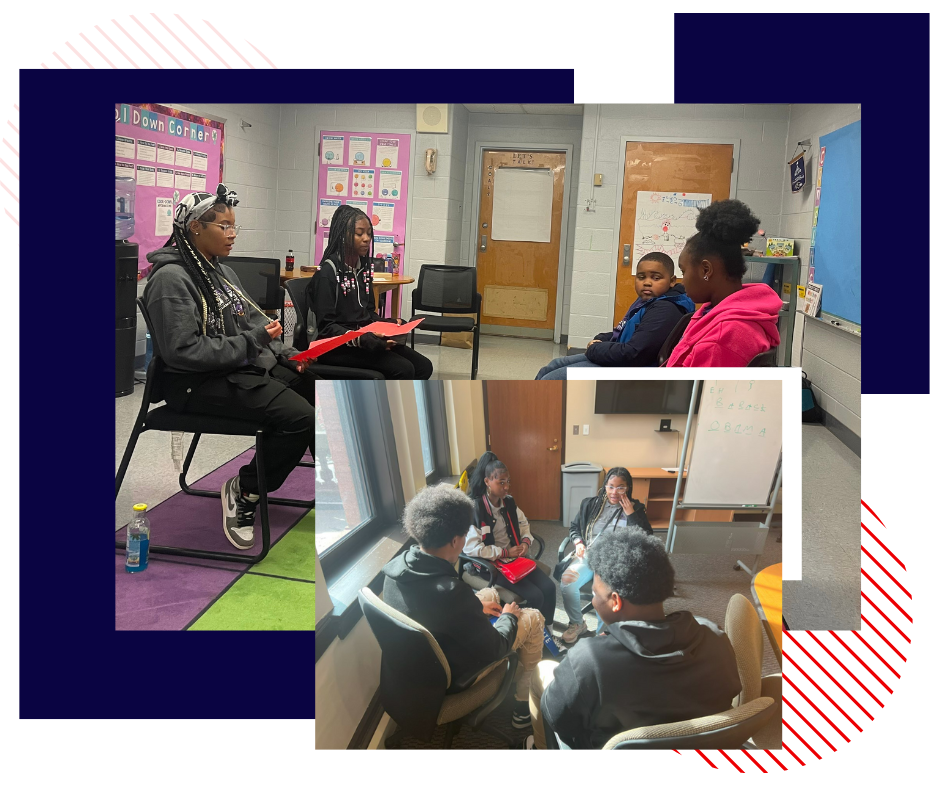About Voices for
Restorative Schools

To see Restorative Practices in action click the WBAL news link:
Why I Founded Voices for Restorative Schools
David Hornbeck, Founder and Chair, Steering Committee, Voices for Restorative Schools.
I have worked in and around education for almost 60 years. My primary interest has been providing equitable opportunities to children and youth, whom the system routinely shortchanges. I have served as Maryland’s State Superintendent and as Philadelphia’s superintendent. I concluded that all children have the capacity to learn to high standards. Further, the knowledge exists to create the right conditions for all children to meet high standards of achievement. When they do not, the primary culprit is the absence of political will and public resolve. Based on this perspective, for the last 20 years, I have been an activist/advocate. Most recently, I founded and helped lead Strong Schools Maryland, a statewide, grassroots organization that was a pivotal partner in supporting The Blueprint for Maryland’s Future.
The Blueprint is the best education legislation passed in the country in the last half century. But it has gaps. One of them is the absence of explicit focus on school climate. Without a good school climate, many of the other Blueprint contributions will not be nearly as effective.
A few years ago, I was introduced to restorative practices at Hampstead Hill Elementary/Middle in Baltimore City, where my son Matt has been the principal for 20 years. He and I were standing in the hallway of the school when I was visiting. A seven-year-old girl ran up to us and said with urgency, “Mr. Hornbeck, Mr. Hornbeck, I must talk with you”. Matt looked at her and said, “Danielle (I don’t remember the name actually, but Matt knows nearly all of the names of his 900 kids), what’s the problem?”. She responded, “Henry just insulted me. If I don’t have a circle right away, I’m going to hit him!” Matt responded by setting in motion a circle for the little girl.
I hung around until he was free. I asked him what a circle is. He explained it was a central tool used in Restorative Schools. He said there are different kinds of circles. The kind “Danielle” was looking for usually involves three people, the person accused of bad behavior, the victim and a neutral trained person. Three questions are addressed by both the perpetrator and the victim: “what happened, how did it make you feel and what can we do to make it right?”.
I asked what a Restorative School is. I found out it is a whole school strategy to which he attributes Hampstead’s considerable success over the last 20 years. Recently a Baltimore City evaluation of the school gave the school 11 “highly effective” ratings and 1 “effective” rating on the 12 elements they consider in determining the effectiveness of a school, an almost unheard superior rating). In the spring of 2023, Hampstead state test results indicated they were in the 97th percentile achievement level in the state at the middle school level and the 89th percentile at the elementary level. That, of course, led me to ask many questions about restorative practices. In short, restorative practices results in large changes in school culture characterized by values like respect, trust, voice and accountability. It becomes a way of life. It defines how people treat each other. And it is not directed only at the students. The same characteristics are expected of the principal, the teachers, other staff and parents.
Since then, I have looked into restorative practices even more deeply. I am convinced that it is the strategy, with training and professional coaching support, that can result in all Maryland schools being “Restorative Schools”. Particularly in a country characterized by greater divisiveness than any time in my lifetime and at a time where the pandemic and increasing mental health challenges make creating a safe and positive culture vital in building successful schools, restorative practices is a practical approach to create the schools we want for all our children.

